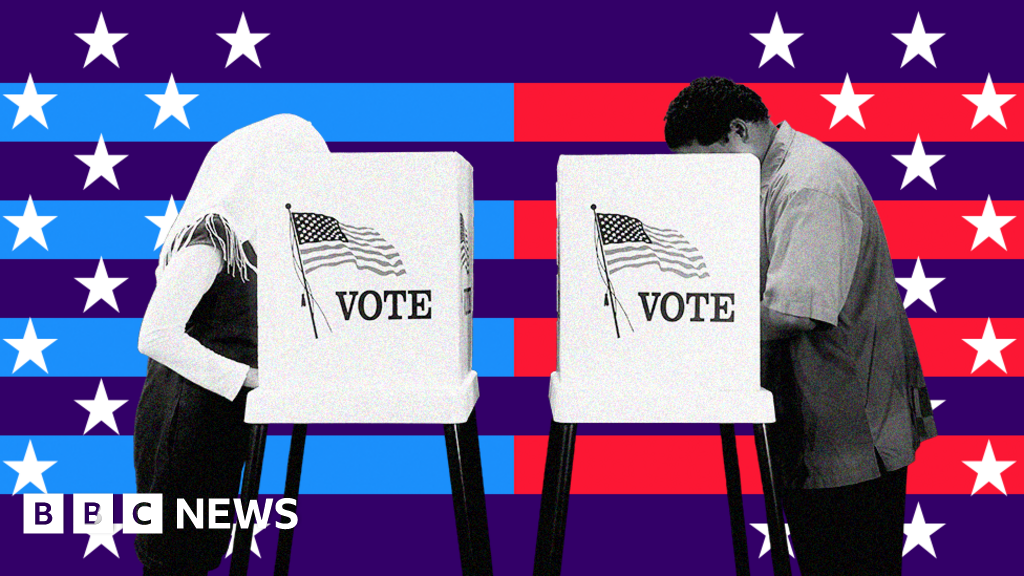
Overview of the Election Cycle
The process of electing a president in the United States is complex and spans nearly two years, culminating in the presidential election held on the first Tuesday after the first Monday in November every four years. The next presidential election is scheduled for November 5, 2024, where voters will choose either the incumbent vice president, Democrat Kamala Harris, or Republican challenger Donald Trump[1][3][5].
The Primaries and Caucuses
The journey to the presidential election starts with the primaries and caucuses, which are critical for candidates to secure their party's nomination. Primaries are state-level elections where party members vote for their preferred candidate. There are several types of primaries, including closed, semi-closed, open, and semi-open primaries, which dictate who can vote in these elections. In contrast, caucuses are local gatherings where party members discuss and vote on their preferred candidate[4][9].
Once the primaries and caucuses conclude, each political party holds a national convention to announce its nominee for president. During this convention, delegates vote for their chosen candidate, and the candidate with the majority of votes receives the party's nomination. This period sets the stage for the general election campaign[3][4][9].
The General Election

As the election day approaches, the candidates engage in extensive campaigning, aiming to reach voters across the country through rallies, debates, and advertisements. Voters cast their ballots not directly for presidential candidates but for a slate of electors pledged to those candidates. This system is part of the Electoral College, which comprises 538 electors, each representing a specific state based on its population[2][4][9].
Most states use a winner-takes-all approach, meaning the candidate who receives the majority of votes in a state will collect all of that state’s electoral votes. However, Maine and Nebraska use a slightly different system that allows for the division of electoral votes based on congressional districts[2][9].
The Electoral College

The Electoral College is a vital component of the election process. It establishes a series of 'mini-elections' where voters in each state determine which electors will represent them. A total of 270 electoral votes are needed to win the presidency. Notable instances have occurred where candidates have won the presidency while losing the popular vote, such as Donald Trump in 2016 and George W. Bush in 2000. This outcome illustrates the distinctive nature of the Electoral College system, often leading to debates about its fairness and relevance[2][4][7][9].
The electors convene in their respective states in December to formally cast their votes, which are later counted during a joint session of Congress in January. If no candidate achieves the requisite 270 electoral votes, a contingent election occurs, with the House of Representatives tasked with selecting the president[3][4][9].
Voting Process

The actual voting process varies by state but typically involves several methods: hand-marked paper ballots, electronic voting machines that produce a paper trail, and direct recording electronic machines[8]. Many states allow early voting and mail-in ballots to accommodate voters who cannot participate on election day. The counting of votes can be delayed due to various factors, including legal disputes, which makes some elections, like the 2020 presidential election, particularly prolonged[8].
Implications of Swing States
Swing states, also known as battleground states, play a critical role in deciding elections. These states can lean toward either the Democratic or Republican parties in different electoral cycles, meaning that campaigns often focus substantial resources on winning these states, where voter turnout can significantly influence the overall outcome[4][7][8].
Election Day and Inauguration

Election Day is a significant event in the American democratic process. Following the election, the president-elect and the vice president-elect are formally recognized but do not take office immediately. They are inaugurated on January 20 following the election, marking the start of their four-year term in the White House[7][8].
Conclusion
The US election process embodies a unique blend of democratic principles and historical compromises. The combination of primaries, the Electoral College, and the role of swing states creates a complex system that can yield unexpected outcomes. As the nation gears up for the next presidential election, understanding this process is crucial for engaging in the democratic experience.
Get more accurate answers with Super Pandi, upload files, personalized discovery feed, save searches and contribute to the PandiPedia.
Let's look at alternatives:
- Modify the query.
- Start a new thread.
- Remove sources (if manually added).